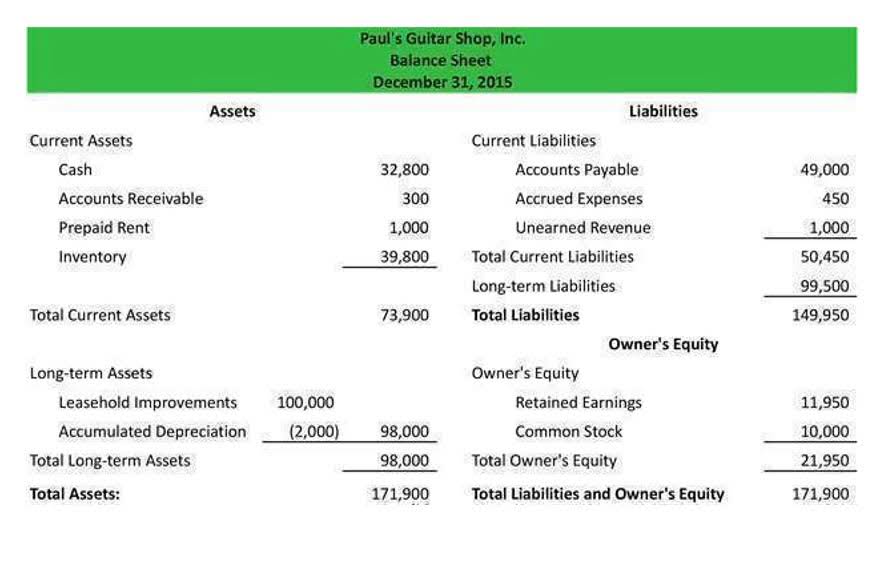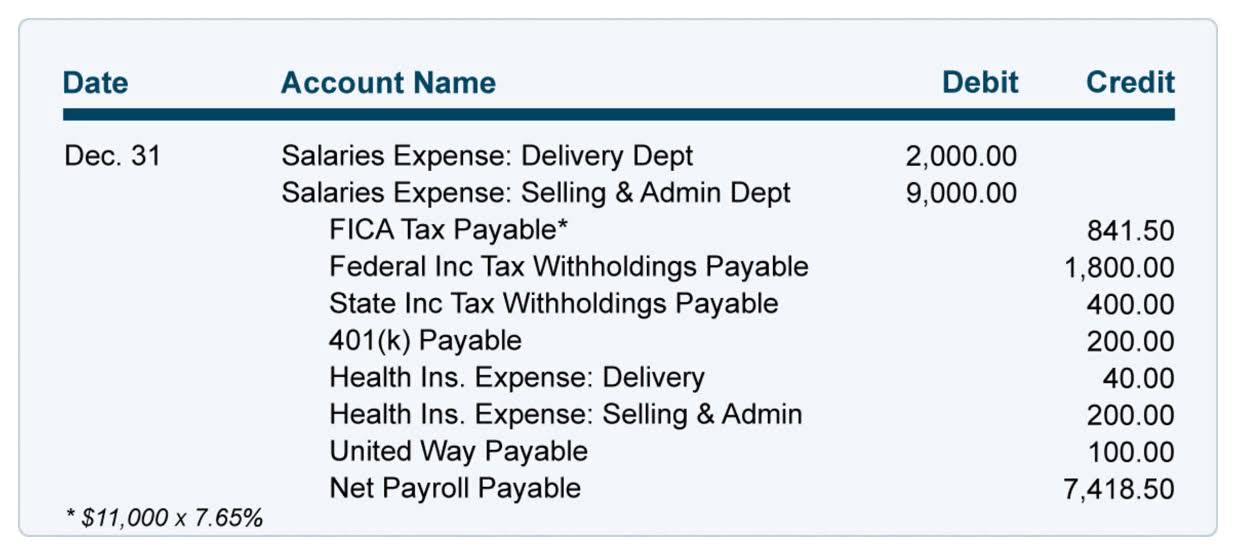
Be mindful of what outstanding checks you’ve written before drawing down your bank balance. During the communication process, it is important to keep a record of all correspondence. This includes noting down the date, time, and content of each interaction with the bank. By maintaining a log of these conversations, individuals can refer back to it if needed and ensure that there is a clear and documented trail of their efforts to resolve the outstanding checks. Gain a comprehensive understanding of outstanding checks, including their , reasons, potential , outstanding check meaning and effective resolution methods through communication, tracking, and the reconciliation process.

Strategies to Minimize O/S Checks
At first glance, this may seem like a positive turn of events for the payer. Outstanding checks that remain so for a long period of time are known as stale Budgeting for Nonprofits checks. Check to see if there is a missing item for that amount that you might have forgotten to record. It is more likely to be correct if you have an error in your reconciliation. Being confident in the bank side helps resolve errors on the book side.

Importance of Tracking Outstanding Checks

By ensuring prompt identification and resolution of such issues, organizations can safeguard their compliance with relevant regulations and protect themselves from potential legal ramifications. Violations of legal regulations may arise from the existence of outstanding checks. Such risks may include potential legal action taken against the individuals or entities that issued them, as well as penalties. Failure to keep track of outstanding checks and adhere to relevant laws can place an organization in jeopardy.
- This lag can lead to a misrepresentation of the actual available funds, which, if not accounted for, may result in erroneous financial decisions or reports.
- Now, you remit unclaimed funds to the appropriate state agency based on local deadlines.
- Reconciling the two accounts helps identify whether accounting changes are needed.
- An outstanding check remains a liability of the payer until such time as the payee presents the check for payment, which then eliminates the liability.
- As part of resolving outstanding checks, it is crucial to go through a reconciliation process to ensure that all the checks are properly accounted for.
- Outstanding checks that remain so for a long period of time are known as stale checks.
A Check Issued to Me Is Outstanding: Now What?
- This transparency, mandated by GAAP and IFRS, is crucial for reflecting a company’s true financial health.
- But until that happens, it’s just hanging out in the banking world’s version of limbo.
- Provided you maintain vigilance and embrace technology, you can handle outstanding checks with ease.
- Cheques issued in one period but still unbanked and unsettled by the recipient at statement cut-off become unpresented cheques.
These situations represent timing gaps between transactions occurring versus clearing through the banking system. By adjusting for deposits not yet credited and cheques not yet deducted, businesses can accurately match internal cash records to the bank statement. This article explains what outstanding lodgements are and why they matter for precise financial reporting and fraud prevention. Reconciling outstanding checks involves verifying deposits, investigating discrepancies, and updating the check register accordingly.

In many cases, unclaimed property laws dictate that funds Accounting Periods and Methods representing outstanding checks must be remitted to a state’s unclaimed property program if they remain unclaimed for an extended period. These programs serve to protect abandoned and unclaimed funds, ensuring they are returned to their rightful owners or transferred to the state’s general fund. An outstanding check, also known as a stale check or a dormant check, refers to a check payment written by someone that has not yet been cashed or deposited by the payee. The term “outstanding” indicates that the transaction remains uncompleted, with the liability resting on the payor until the check is processed.
Understanding how to find outstanding checks on bank reconciliation is essential for maintaining accurate financial records. Outstanding checks are typically recorded in a company’s cash disbursement journal or check register. The check register includes details such as the check number, date of issuance, payee, and the amount of the check. By maintaining an organized and up-to-date check register, companies can easily identify outstanding checks and reconcile them with the bank statement.
anavol 5
References:
Is Winstrol Good For Muscle Gain – https://Www.Bitsdujour.Com,
precios ipamorelin
References:
ipamorelin price per vial, code.luoxudong.com,